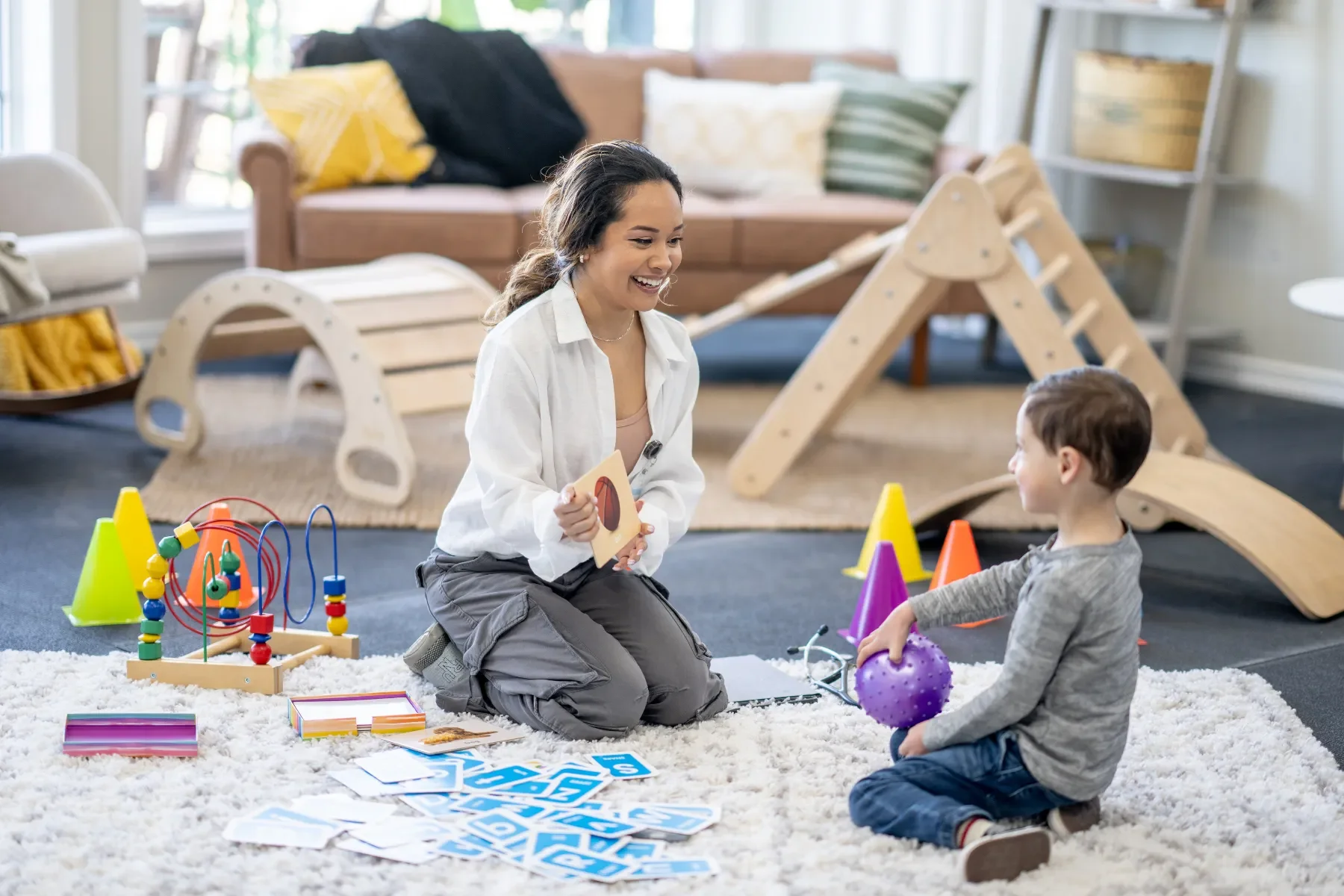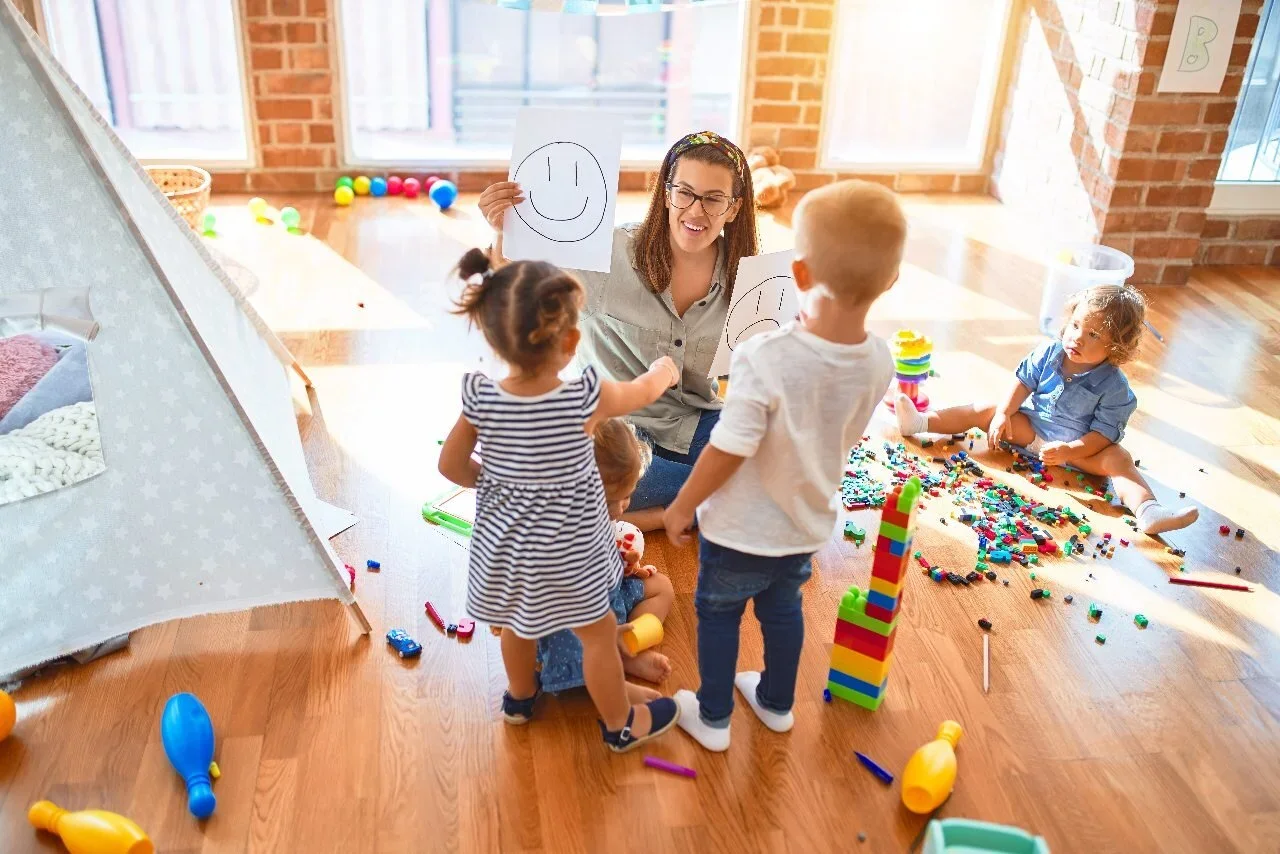L.O.R.E.T.A Neurofeedback
Neurotherapists You Can Trust.
Touch Brain neurotherapists are experienced professionals who blend technical expertise with genuine compassion in their practice. They provide personalized, evidence-based care tailored to each client’s needs and goals. Working with individuals across all age groups, they foster meaningful connections and support lasting growth and well-being. Their commitment to excellence and empathy makes them trusted professionals in the field of mental health.
LORETA Neurofeedback (Low-Resolution Electromagnetic Tomography Analysis) is an advanced brain training technology that maps and trains brain activity in 3D.
Unlike traditional neurofeedback, which works only on surface brainwaves, LORETA can target deeper brain regions and the networks that connect them.
What is LORETA Neurofeedback?
How LORETA Neurofeedback Works
Brain Mapping: Sensors measure brainwave activity and LORETA software creates a 3D map of brain function.
Real-Time Feedback: The system compares activity to healthy brain patterns. Clients then receive visual or auditory cues that guide the brain toward balance.
Self-Regulation: Over time, the brain learns to function more efficiently—improving focus, calmness, and emotional control.
The Process of Neurofeedback
Electrodes record the brain’s electrical signals.
LORETA algorithms calculate activity in dozens of brain regions at once.
The system compares the brain activity to a database of “normative” functioning (z-scores).
The person gets real-time feedback (often through visual or auditory cues), which helps the brain learn to self-regulate.
Why Do We Use Neurofeedback?
Because it targets deeper and more precise brain regions, it may help with conditions like ADHD, anxiety, depression, PTSD, traumatic brain injury, and learning difficulties. We use neurofeedback because it trains the brain to function more efficiently and adaptively. It’s essentially “exercise for the brain,” helping people improve focus, emotional regulation, and overall mental performance. Unlike medications that manage symptoms temporarily, neurofeedback teaches the brain to self-regulate, leading to lasting changes.
Who Can Neurofeedback Benefit?
Frequently Asked Questions
-
Yes. It is non-invasive, drug-free, and simply uses sensors to measure and guide brain activity. No electrical current is put into the brain.
-
Children, teens, and adults with ADHD, anxiety, autism, mood difficulties, or attention and learning challenges often see improvement. It can also help with stress, sleep, and brain injury recovery.
-
Most people benefit from 20–40 sessions, depending on individual needs. Changes build gradually as the brain learns new patterns.
-
It’s painless and comfortable. You’ll sit in a chair with small sensors on your scalp while you watch a movie or game that provides feedback to your brain.
-
Traditional neurofeedback trains surface brainwaves. LORETA can also reach deeper brain regions and networks, making it more precise and often more effective.
-
Yes. Because the brain is learning and rewiring itself, improvements are typically lasting, especially when combined with healthy routines.










